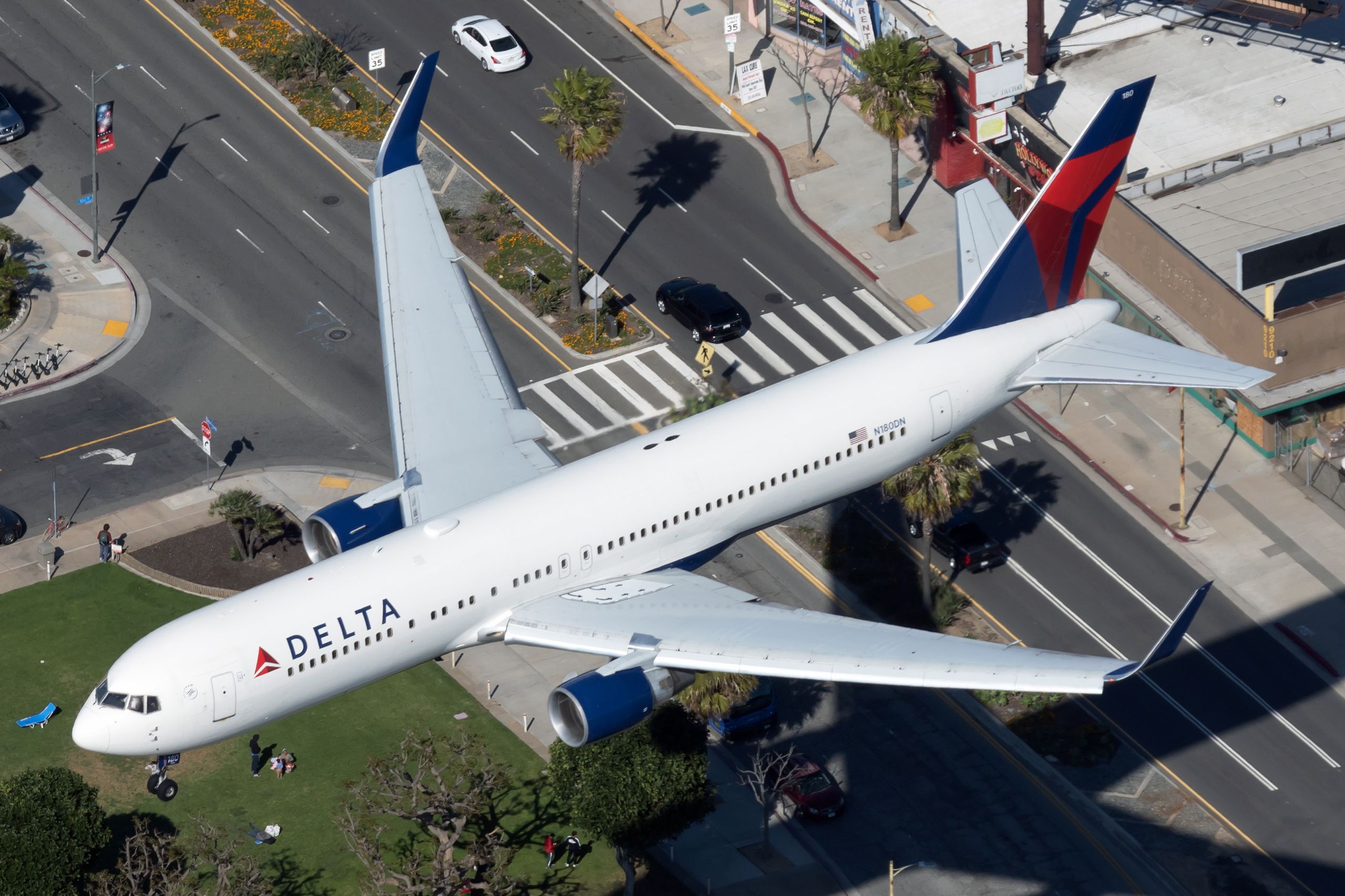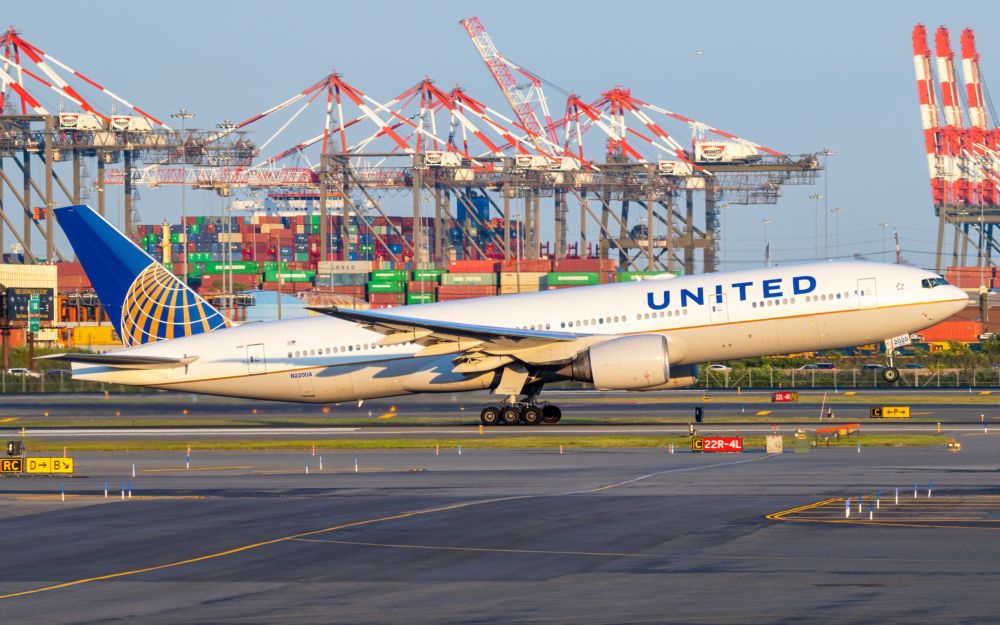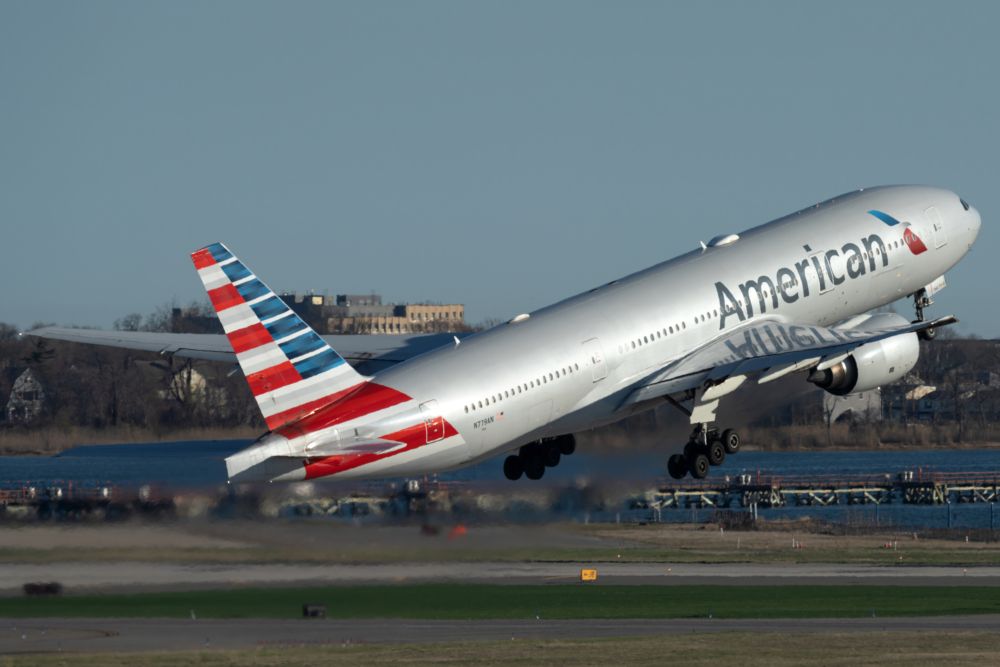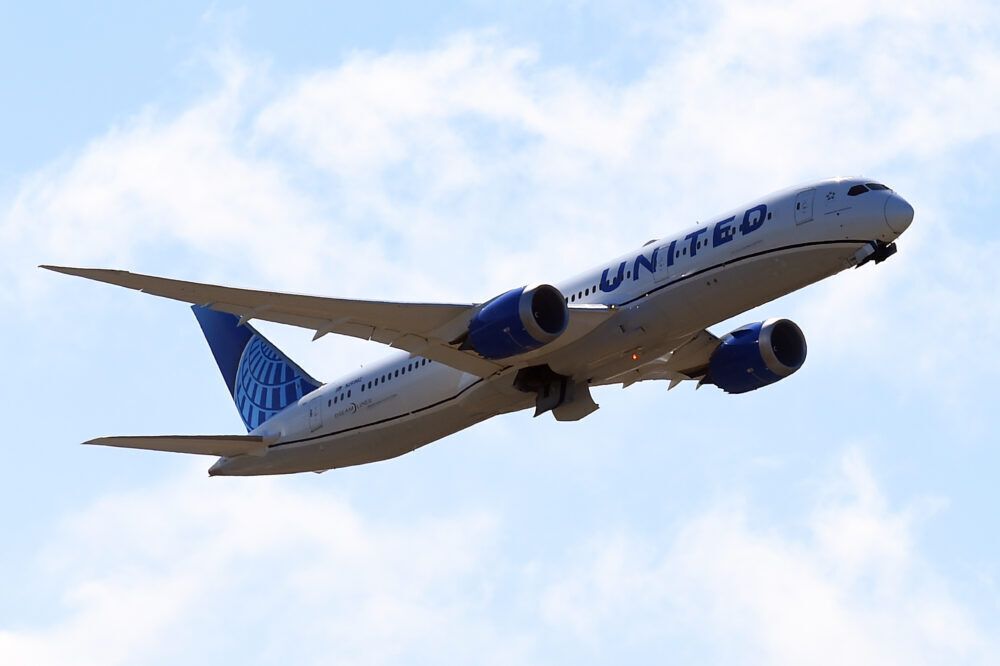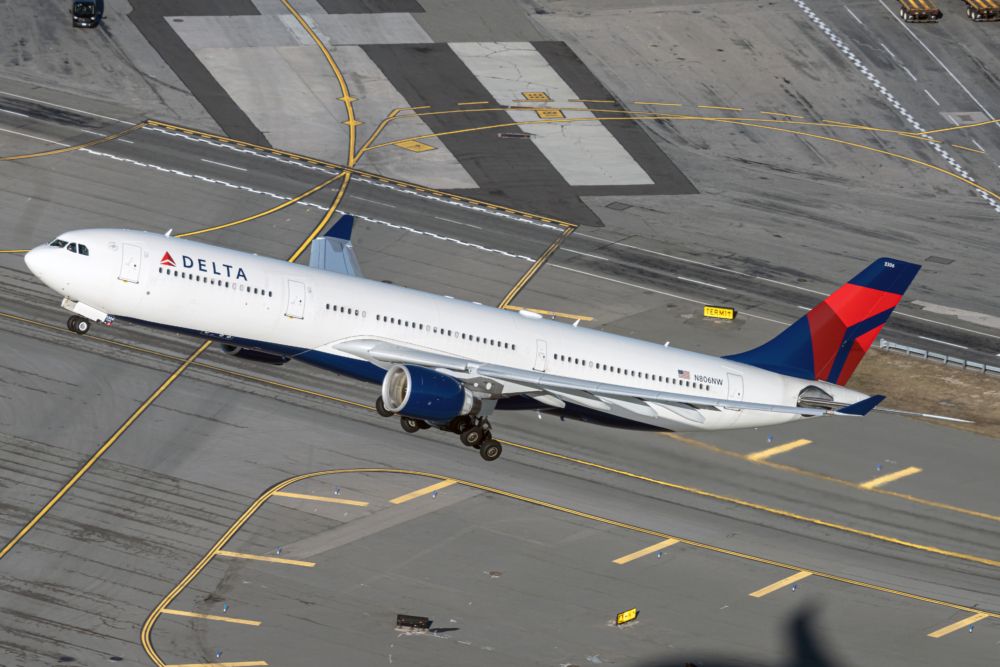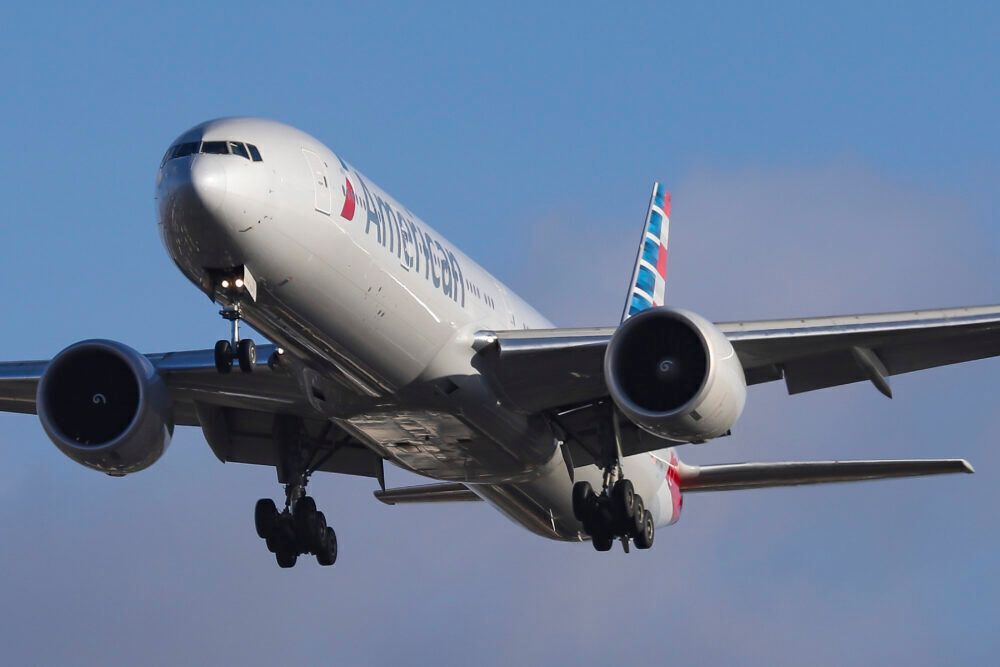Domestic travelers on many routes across the United States have been spoiled this year with more airlines putting widebodies on domestic routes. Cities like Miami, Los Angeles, Portland, and Phoenix are just a few examples of cities that have seen widebodies take over for narrowbodies in 2021. Some cities are slated to continue receiving widebody service into 2022. The question is whether airlines will continue to fly widebodies to many of these cities post-crisis.
More domestic widebodies
This summer, passengers flying American Airlines were treated to a host of new widebody flights. This includes Boeing 777s flying from Miami to Los Angeles and New York. This was on top of some of the hub-to-hub widebody flying that mainly impacted Dallas/Fort Worth International Airport (DFW), the airline's largest hub.
One airline that added a sizable number of new domestic widebody flights was Delta Air Lines. Cities like San Diego, Portland, Phoenix, Denver, Las Vegas, and Los Angeles, among others, received new services from Boeing 767s, Airbus A330s, and Airbus A350s.
For the summer, United actually faced a bit of a crunch with widebodies due to the grounding of its Pratt & Whitney Boeing 777 aircraft. Nevertheless, plenty of hubs, and even flying to Hawaii, saw huge upgrades. Some Honolulu-bound travelers were delighted to Boeing 777-300ER service, which is the largest widebody in United's fleet. United, however, did grow its widebody domestic schedule significantly compared to pre-crisis schedules.
Hawaiian Airlines also grew its mainland widebody services. The Airbus A330s, while they did fly new long-haul services to Austin and Orlando, also added more trips to the West Coast, including several route upgauges from major cities like Los Angeles.
Why airlines flew heavier domestic widebody schedules
2021 has been an interesting year in aviation. On the one hand, demand returned quickly amid a strong vaccination campaign in the US and declining case counts. With many passengers getting tired of sitting on the sidelines, bookings for spring break and summer vacations started to increase, and airlines saw a way out of the crisis.
However, most of those bookings were for domestic travel. In March, much of the world still was closed off for US travelers, and while there were inklings of a reopening abroad, most travelers chose to stay at home instead of preparing for a vacation that might not have happened due to ongoing travel restrictions.
Travelers turned to warm-weather destinations. This includes places like Miami, Phoenix, and San Diego. They also turned to destinations with access to the outdoors, like Denver. Then, of course, there was a significant boost of tourism to Hawaii thanks to the state's ongoing reopening for travelers from the mainland.
With widebodies sitting idle due to the closure of long-haul international destinations, airlines began to reactivate the aircraft to fly domestic missions. Using widebodies on these flights had a few benefits. One included the ability to add more capacity on a single flight. This meant airlines could continue to optimize their hub waves to offer more convenient connections to more travelers without needing to schedule narrowbody flights close together.
The second is that airport infrastructure is limited in some destinations. If an airline does not have access to additional gate space or there are limitations to operations at an airport because of runway availability, adding a widebody allows an airline to add excess capacity at a given airport where adding new frequencies is not possible.
Stay informed: Sign up for our daily and weekly aviation news digests.
Do airlines need to keep flying widebodies on shorter flights?
In short, the answer is no. While widebodies offer significant capacity, airlines earn more money from flying those planes on long-haul international routes. Without the demand to sustain those flights, the opportunity cost of flying the planes on domestic routes was relatively low, and it made sense for airlines to have extra seats to top leisure destinations.
Another consideration is that airlines have narrowbodies that also offer a significant amount of capacity. For example, look at Delta Air Lines. Considering the Boeing 767-300ER, which has operated more domestic flights, those planes seat 226 passengers in a non-retrofitted configuration. The airline's largest narrowbodies, the Airbus A321 and Boeing 757-200s, seat nearly 200 customers, with the A321 offering 191 seats per departure and the largest 757 offering 199 seats per departure.
This is a gap of only about 35 seats per departure when comparing an A321 to a 767-300ER. Given that most of these routes are short enough where a lie-flat, though nice for customers, is not a requisite, using a narrowbody is not necessarily a competitive disadvantage.
The difference is a little more drastic when aircraft switch from a 273-seat Boeing 777 to a 172-seat Boeing 737 on American Airlines. That cut of roughly 100 seats per departure is quite notable, but the other consideration is a redistribution of traffic.
While many travelers turned to domestic destinations in light of ongoing travel restrictions, with the reopening of more international destinations, some of that traffic is starting to turn abroad. So, airlines will not necessarily need to add all that capacity on many of those routes.
At the end of the day, widebodies work best on long-haul international routes. That is where airlines are expected to concentrate their flying with those types in the coming years. While some domestic routes may get to keep some expanded widebody capacity, it is unlikely that the trends from 2021 will stay long-term.
Have you benefited from expanded domestic widebody flying in 2021? Let us know in the comments!

